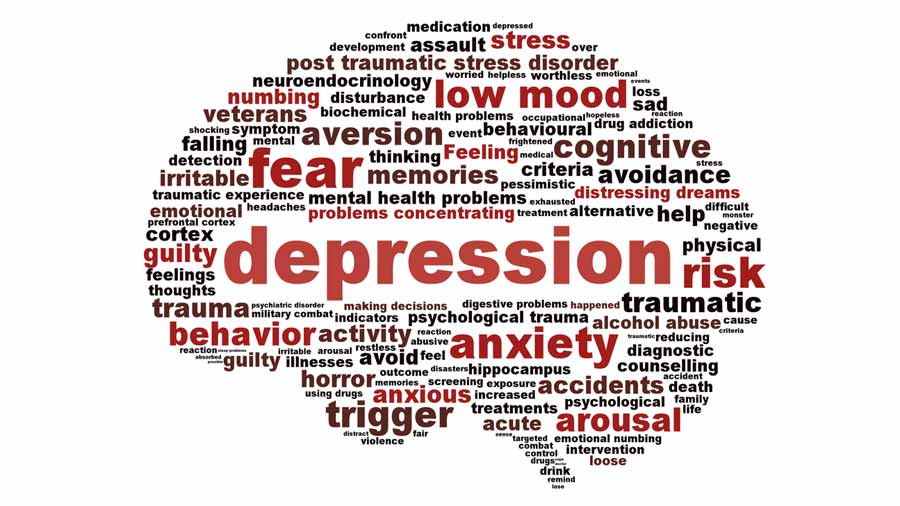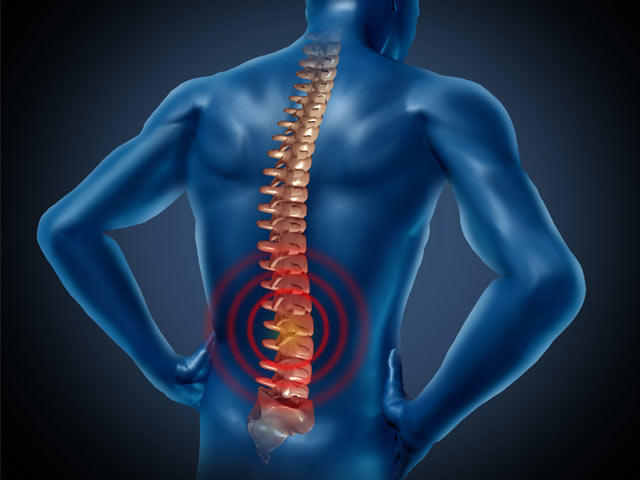
A new study published by researchers at the University of Toronto indicates a very high level of resilience among Canadians with arthritis whose activities were restricted due to pain.
The vast majority (76%) of these individuals were free of any mental illness in the past year, including depression. The paper was published online this week in PLOS ONE.
More than half (56%) of the respondents went beyond just being free of psychiatric disorders to achieving excellent mental health. The definition of excellent mental health sets a very high bar. To be defined in excellent mental health, respondents had to achieve three things: 1) almost daily happiness or life satisfaction in the past month, 2) high levels of social and psychological well-being in the past month, and 3) freedom from generalized anxiety disorder and depressive disorders, suicidal thoughts and substance dependence for at least the preceding full year.
“We were so encouraged to learn that the majority of older Canadians with arthritis who were in debilitating chronic pain had excellent mental health. These findings bring a hopeful message to those living with disabling pain and their families as well as to clinicians addressing their physical and mental health care needs,” says the study’s senior author, Esme Fuller-Thomson. Fuller-Thomson is Director of the U of T Institute for Life Course and Aging and Professor at the Factor-Inwentash Faculty of Social Work (FIFSW) and the Department of Family & Community Medicine.
Consistent with earlier studies, this study found insomnia to be negatively associated with mental health.
“These findings underscore the importance of health professionals asking about sleep problems, particularly as chronic pain can undermine the quality of sleep,” says co-author Denise Marshall, a recent graduate of U of T’s FIFSW. “Among individuals with chronic pain, cognitive behavioral therapy or CBT has been shown to significantly reduce insomnia. CBT is an already established effective and relatively rapid treatment for depression and anxiety in the general population, and among those with chronic pain.”
Those with a confidant were much more likely to be in complete mental health than those without a confidant (60% vs 8%, respectively).
“Confidants are an important source of emotional and instrumental support,” says co-author Matthew Moses, also a recent graduate of the U of T’s FIFSW. “Although the exact mechanisms by which a confidant supports mental health are not fully understood, we hypothesize that the provision of emotional support can help enhance self-esteem and help the individual buffer general stress associated with the chronic pain.”
Other factors associated with excellent mental health in the year preceding the survey included having no previous history of major depressive disorder and/or generalized anxiety disorder.
“The current research shifts away from a deficit-focused approach to mental health among individuals with arthritis, and instead uses a strengths-based perspective to explore factors associated with resilience in individuals with arthritis who are experiencing chronic and disabling pain.” says co-author Sally Abudiab, who also recently graduated from U of T’s FIFSW.
The study investigated factors associated with mental flourishing in a nationally representative sample of 620 Canadian adults drawn from the Canadian Community Health Survey-Mental Health who had been diagnosed with arthritis who are living with disabling chronic pain.



